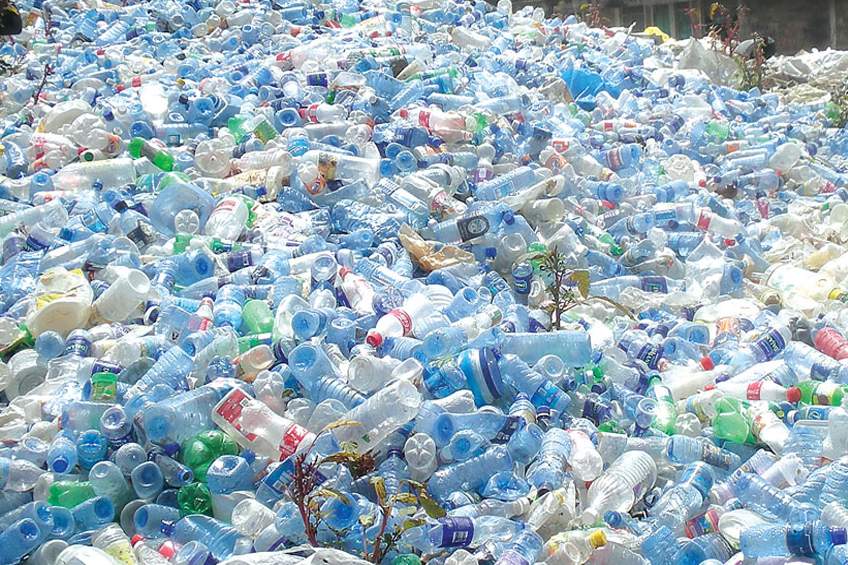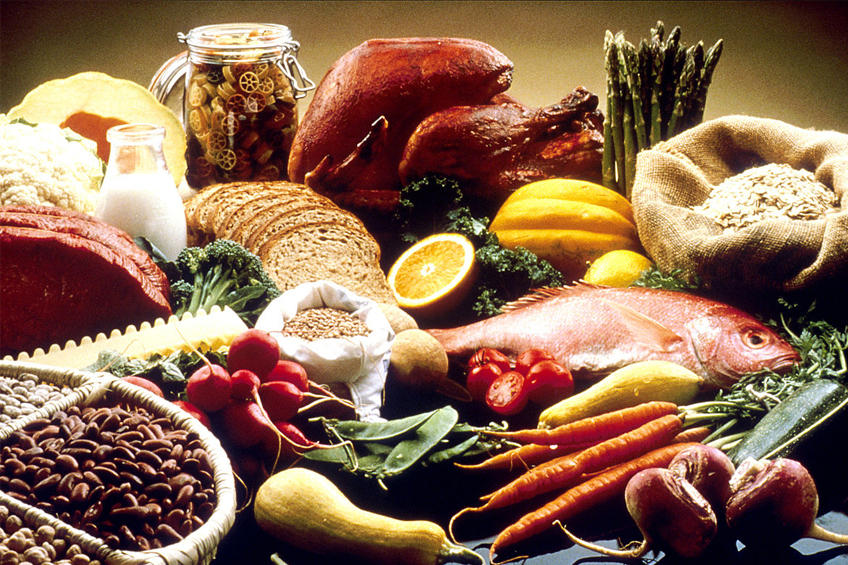BIRD NEST FIXING AND DISTRIBUTION AT MAHESHTALA, 24 PGS. (S)
Birds are essential members of the ecosystem, contributing to pest control, pollination, and maintaining ecological balance. Their presence supports biodiversity and helps sustain healthy environments. Unfortunately, one of the biggest threats to bird populations today is habitat loss, which is primarily caused by human activity. Few habitats on Earth remain untouched by our influence, as we continue to alter the landscape to accommodate expanding urban developments, agriculture, and infrastructure.
As we modify the land, we destroy or degrade natural habitats that birds rely on for survival. Birds are skilled at building nests and raising their young, with trillions successfully nesting each year without human intervention. However, human activities increasingly interfere with their nesting process. For instance, urban sprawl reduces the availability of natural nesting sites, such as mature trees, while suburban landscaping practices often remove dead trees and old vegetation that serve as ideal places for birds to nest. Moreover, tasks like bagging grass clippings and leaves remove valuable nesting materials, and outdoor pets, such as cats, pose a threat to bird nests, often disturbing or killing the young.
To address these challenges, AIM Foundation is working to make it easier for birds to raise their families. By providing safe and suitable nesting sites, high-quality nesting materials, and safety measures to protect nests from predators and environmental hazards, AIM Foundation plays a crucial role in supporting bird populations. Most birds have strong parental instincts and are fully capable of building secure, well-constructed nests. However, by offering a helping hand, AIM Foundation ensures that birds have the resources they need to successfully nurture their young and thrive in a changing world.
Through these efforts, AIM Foundation helps protect the birds' natural lifecycle and supports the overall health of the ecosystem, demonstrating that even small interventions can make a big difference in conservation.


